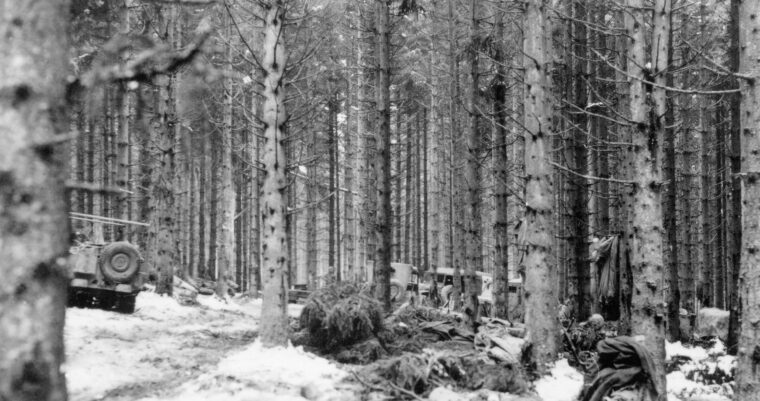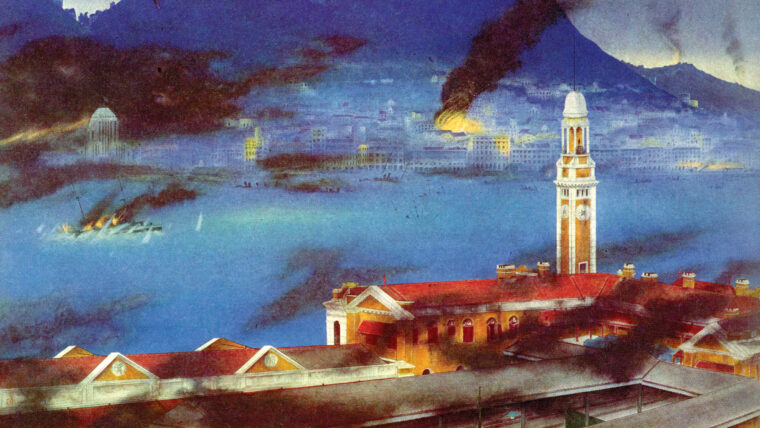Latest Posts
Kokoda Kudos
Dear Editor:
I certainly enjoyed A.B. Feuer’s article on the Battle of the Kokoda Track (October 2002). In the summer of 1962 I was stationed with the 1370th Photomapping Wing’s Aerial Survey Team #5 at Port Moresby, New Guinea. Read more
















